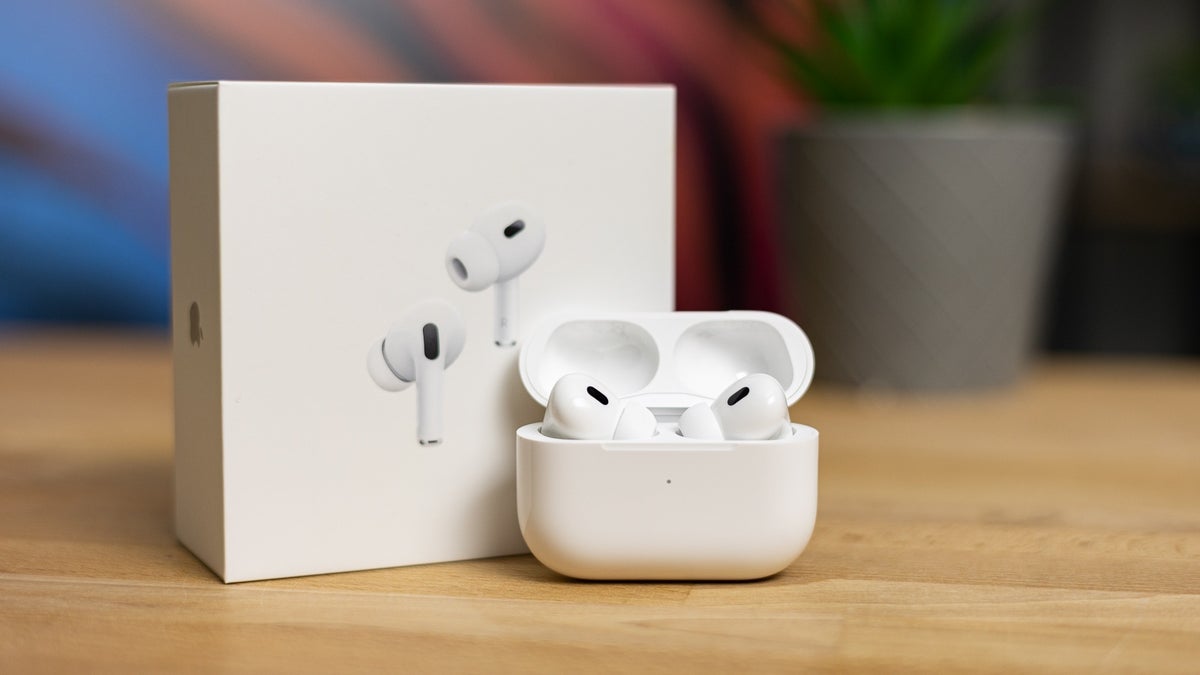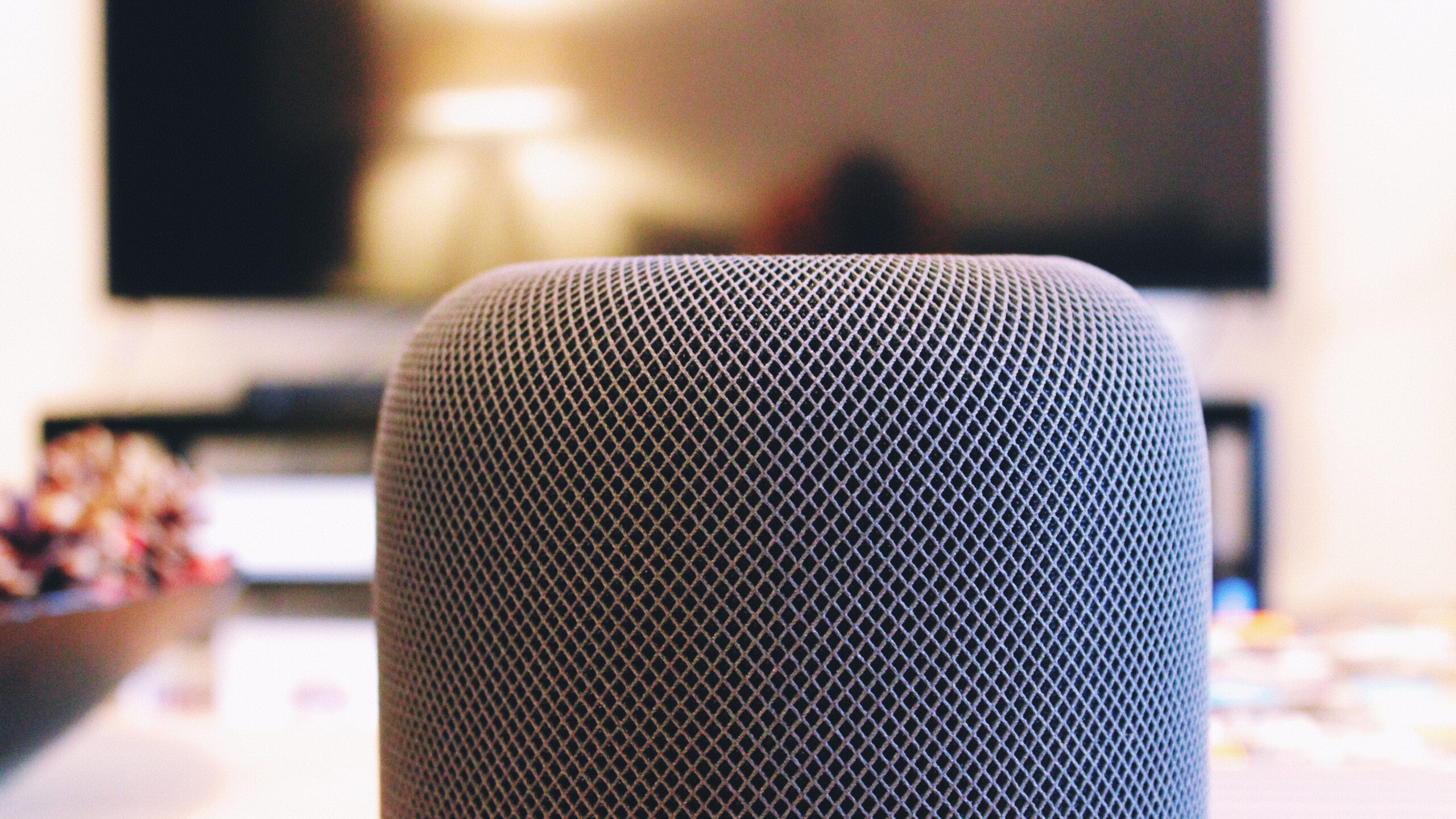For years, Siri has lingered in the shadow of its competitors. While Amazon’s Alexa and Google Assistant have steadily evolved, Apple’s voice assistant has often felt like a step behind. This disparity has only become more pronounced with the rise of sophisticated chatbots like ChatGPT and Google’s Gemini, which have redefined the landscape of conversational AI. However, whispers from within Apple suggest a significant shift is on the horizon, a transformation that could finally bring Siri into the modern age of intelligent assistance.
Recent updates to iOS have brought incremental improvements to Siri. Enhancements focusing on on-screen awareness, more granular control within individual apps, and a deeper understanding of user context have offered glimpses of Siri’s potential. These changes, while welcome, feel like stepping stones towards something much grander. The real game-changer, it seems, is still some time away.
Rumors circulating within the tech community point to a substantial overhaul planned for Siri, one that promises to fundamentally alter the way we interact with our devices.1 This ambitious project centers around integrating advanced large language models into Siri’s core functionality. This isn’t just about faster responses or slightly improved accuracy; it’s about imbuing Siri with a true sense of conversation, enabling it to understand nuanced requests, engage in dynamic back-and-forths, and provide genuinely helpful, context-aware responses.
Imagine asking Siri a complex question that requires multiple steps or follow-up clarifications. Instead of repeating your request or resorting to a web search, Siri could engage in a natural dialogue, asking clarifying questions, offering suggestions, and ultimately providing a comprehensive and satisfying answer. This is the promise of a truly conversational AI assistant, and it’s what Apple appears to be striving for.
This transformative update is not expected to arrive overnight. While smaller refinements are expected shortly, the full realization of this conversational Siri is predicted to be a longer-term endeavor. Industry insiders suggest that Apple is aiming for a major unveiling alongside the anticipated release of iOS 19. This would likely involve a preview at Apple’s Worldwide Developers Conference (WWDC), showcasing the new capabilities and giving developers a taste of what’s to come.
However, the full rollout of this revamped Siri may not coincide with the initial iOS 19 release. Speculation suggests that the complete conversational experience might not be available until a later update, perhaps iOS 19.4, placing its arrival sometime in the spring of the following year. This phased approach would allow Apple to fine-tune the technology, gather user feedback, and ensure a smooth and polished launch.
The implications of this upgrade are significant. A truly conversational Siri would not only enhance the user experience across Apple devices but also position Apple to compete more effectively in the rapidly evolving AI landscape. It represents a long-awaited opportunity for Siri to shed its reputation as a lagging competitor and emerge as a powerful, intelligent, and genuinely helpful digital companion. While the wait may be a bit longer, the potential reward appears to be well worth it. This isn’t just an update; it’s a potential reinvention of how we interact with technology, and it could mark a turning point for Siri.





